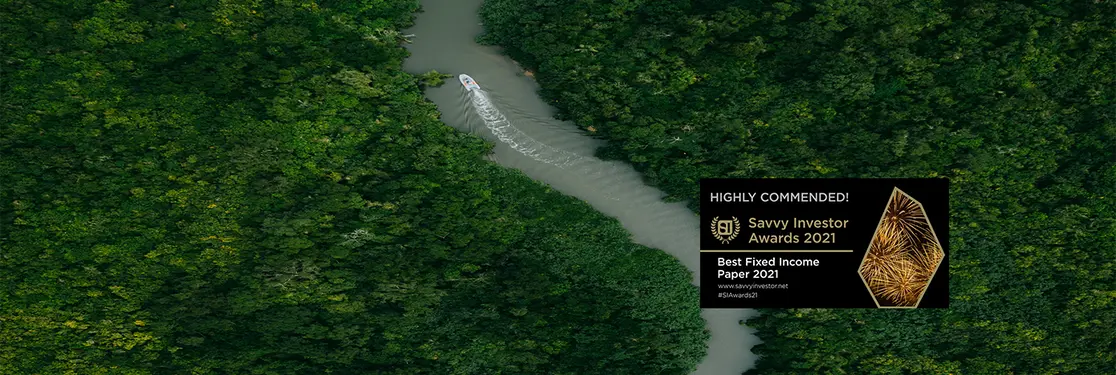Summary
INTRODUCTION
The pandemic and its multiple effects hit the global economy hard in 2020. Consecutive waves of infections and extended or renewed lockdowns and other social distancing measures not only depressed economic activity but also had profound social effects. Relative to pre-pandemic baseline forecasts, real gross domestic product (GDP) is projected to be 6 percent lower in 2022 in emerging markets (EMs) and 3 percent lower in developed economies. This growth shock is expected to reverse two decades of progress on poverty reduction worldwide, with 8 out of 10 of the “new poor” living in middle-income countries.1 Although the rapid development of COVID-19 vaccines and, more recently, the launch of widespread immmunization drives provide a clear path out of this unprecedented global crisis, the short-term outlook, especially in EMs, is still uncertain. What is certain is that EMs will experience widely divergent recovery paths and will require substantial fiscal policy support.
In the short term, this fiscal support is likely to continue to focus on providing relief and mitigating the immediate effects of the pandemic. Once the focus shifts toward spurring long-term recovery, policy makers will have the choice to concentrate the stimulus on green investments, particularly in sectors such as renewable energy, distribution and storage, green urban infrastructure, and climate-smart agriculture. The International Monetary Fund (IMF) has called for policy makers to “green” their response to the crisis, promoting green investment alongside carbon pricing mechanisms to support the recovery efforts.2
This emphasis on green recovery will come into sharp focus at the upcoming 2021 United Nations Climate Change Conference (COP26) in November, where governments are expected to renew their climate commitments by submitting updated nationally determined contributions (NDC). Because EMs generally may have more limited scope for countercyclical fiscal and monetary policies than developed economies, incorporating green objectives to EM recovery efforts would be necessary not only to mitigate climate risks and environmental challenges but ultimately also to increase resilience to future shocks.
Meeting global climate goals will require investment on an unprecedented scale across EMs. Fortunately, a wide range of opportunities exist to finance climate commitments and sustainable development objectives. The 2021 IFC report “A Green Reboot for Emerging Markets” identified 10 sectors across 21 EMs that can support job creation and sustainable growth going forward.3 These investment opportunities have the potential to generate over US$10 trillion through 2030 and create over 200 million jobs in sectors related to green infrastructure, climate-smart cities, and the transition to low-carbon economies.
Seen in this light, the COVID-19 pandemic, notwithstanding its tragic human and economic cost, may come to be seen as a turning point for a significant increase in investment into green sectors. Financial markets have a key role to play in supporting sustainable growth and development, mobilizing capital for projects with environmental benefits on a large scale, and addressing climate risk. Despite the pandemic, investor appetite for green financing instruments remained robust in 2020. After a lackluster first half, global issuance of green bonds rebounded in mid-2020, reaching the key milestone of US$1 trillion in cumulative issuance since 2007.4
Investor interest was spread across different kinds of instruments in this space: “use of proceeds” green bonds, tied to the financing of well-defined green investment projects; “use of proceeds” issuances with social and sustainability objectives; and sustainability-linked bonds tied to sustainable performance indicators at the issuer level (see box 1). With EMs still offering yield pickup in the global context at a time when there is increased appetite for environmental, social, and governance (ESG) products, EM issuers that are able to demonstrate commitment to sustainable development objectives will benefit from strong and growing investor demand.
The third edition of IFC and Amundi’s “Emerging Market Green Bonds Report” provides an overview of EM green bond developments over the past year and discusses policy and regulatory changes driving EM green bond issuance. Despite the challenges that remain with regard to data quality and availability, supply constraints, and overall macroeconomic and policy uncertainty, this report concludes with a positive outlook on the potential for green bond market growth across the EM world.
Both government action and private sector investment will be needed to enable a green recovery at the scale and speed required. Although the economic fallout caused by COVID-19 has greatly affected EMs, recovery measures can create significant opportunities to invest in a green and sustainable recovery. Among EMs, China, Colombia, India, Indonesia, Nigeria, and South Africa have already integrated some green measures into their pandemic stimulus packages, including spending on solar systems, geothermal projects, afforestation, and electric vehicle infrastructure. Nevertheless, governments will need to concentrate more efforts toward incorporating environmental considerations into their fiscal responses. Enacting policies that support green and sustainable finance standards, data, and reporting would encourage more private sector investment.
A substantial green recovery across emerging markets could bring about significant short- and medium-term benefits when it comes to job creation and investment opportunities. Ultimately, adopting a low-carbon pathway will offer a path toward achieving long-term sustainable growth and limit the rise in global temperatures to well below 2°C.
To find out more, download the full report
___________________________________
1. The World Bank (October 2020) Poverty and Shared Prosperity 2020 Reversals of Fortune, available at: https://www.worldbank.org/en/publication/povertyand-shared-prosperity
2. IMF (October 2020) World Economic Outlook: A Long and Difficult Ascent, available at: https://www.imf.org/en/Publications/WEO/Issues/2020/09/30/world-economi…
3. IFC (January 2021) A Green Reboot for Emerging Markets, access at: https://www.ifc.org/wps/wcm/connect/79ef3830-ff20-4430-ad10-c0cf01e93a4…
4. Climate Bonds Initiative (December 2020) US$1Trillion Mark Reached in Global Cumulative Green Issuance, available at: https://www.climatebonds.net/2020/12/1trillion-mark-reached-global-cumu…

